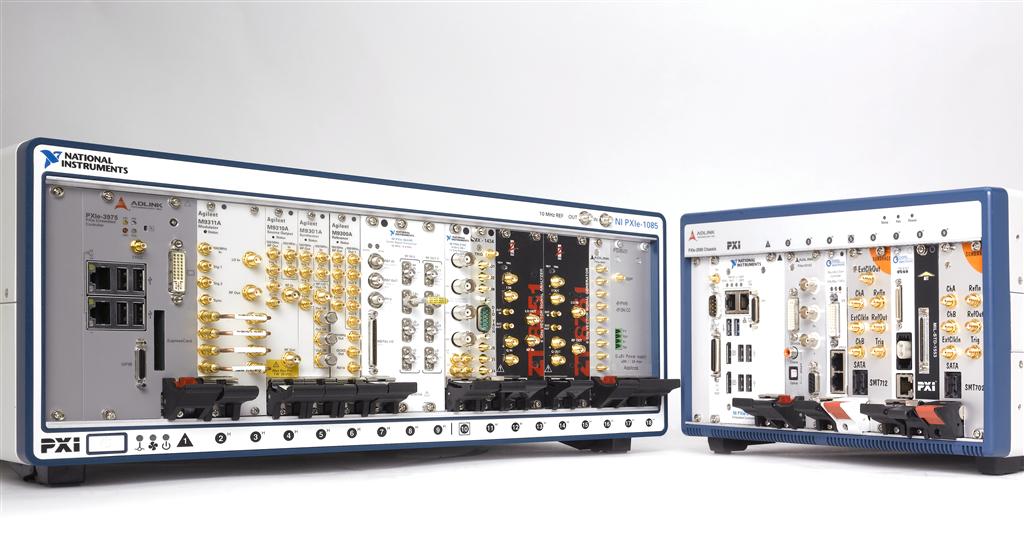Description
The National Instruments SCC-RTD01 is a Resistance Temperature Detector Input Module with a part number of 777459-18, designed to handle up to two RTD input signals from 2-, 3-, or 4-wire RTDs. It features two RTD input channels, each equipped with a 30 Hz Butterworth low-pass filter to ensure accurate signal processing.
For signal amplification, the module provides a fixed amplifier gain of 25, and it can safely handle a maximum input voltage of ±400 mVDC. The SCC-RTD01 offers overvoltage protection of ±42 VDC when powered on and ±25 VDC when powered off, safeguarding the module against unexpected voltage spikes.
The unit is designed with a 20-pin right-angle male connector and a 6-pin screw terminal for secure and reliable connections. The analog and digital power requirements are minimal, with the module consuming only 135 mW and 153 mW respectively, ensuring efficient operation.
Software support is provided via SCC–RTD01 RTD conversion utilities that are integrated within the National Instruments programming environments, facilitating voltage-to-temperature conversions and enhancing user experience. The description of the weight is missing in the provided specifications, but it is essential to note that the module is typically lightweight and easy to install in a variety of settings.
| Specification | Detail |
|---|---|
| Part Number | 777459-18 |
| Product Name | National Instruments SCC-RTD01 Resistance Temperature Detector Input Module |
| RTD Input Signals | Up to two 2-, 3-, or 4-wire RTDs |
| Input Channels | Two RTD input channels |
| Low-pass Filter | 30 Hz Butterworth low-pass filter per channel |
| Excitation Current Source | 1 mA |
| Amplifier Gain | Fixed gain of 25 |
| Maximum Input Voltage | ±400 mVDC |
| Overvoltage Protection (powered on) | ±42 VDC |
| Overvoltage Protection (powered off) | ±25 VDC |
| Connector Type | 20-pin right-angle male connector and 6-pin screw terminal |
| Power Requirements (Analog) | 135 mW |
| Power Requirements (Digital) | 153 mW |
| Software Support | SCC–RTD01 RTD conversion utilities included in NI programming environments |
Q1: What type of overvoltage protection does the National Instruments SCC-RTD01 module offer when it is switched off?
A1: When switched off, the National Instruments SCC-RTD01 module offers overvoltage protection of ±25 VDC.
Q2: What is the purpose of the 30 Hz Butterworth low-pass filter on each input channel of the National Instruments SCC-RTD01 RTD Input Module?
A2: The National Instruments SCC-RTD01 can handle a maximum input voltage of ±400 mVDC and has a fixed amplifier gain of 25.
Q3: What is the maximum input voltage that the National Instruments SCC-RTD01 can handle, and what is its fixed amplifier gain?
A3: The function of the 30 Hz Butterworth low-pass filter on each input channel of the National Instruments SCC-RTD01 module is to ensure accurate signal processing by filtering out high-frequency noise and interference that could distort the temperature readings from the RTD sensors.
Q4: What is the function of the 30 Hz Butterworth low-pass filter in the National Instruments SCC-RTD01 module?
A4: The 30 Hz Butterworth low-pass filter on each input channel of the National Instruments SCC-RTD01 RTD Input Module is designed to ensure accurate signal processing by removing high-frequency noise from the RTD input signals.
Q5: What is the function of the 30 Hz Butterworth low-pass filter on each input channel of the National Instruments SCC-RTD01 module?
A5: The 30 Hz Butterworth low-pass filter in the National Instruments SCC-RTD01 module functions to reduce high-frequency noise and ensure accurate signal processing for the RTD input signals.



